Newsblog
Almost gone part II
Tuesday, 5 December 2017
As of now the second Alpine Ibex series is ready for you. As all my ibex photographs, also all the images you will see in these three sets have been taken in the mountains of the High Tauern National Park. This park is Austria's biggest and covers large areas in the states of Carinthia, Salzburg and Tyrol but I took all these photographs in the Carinthan part of the national park. To my great delight I was accompanied by my partner Sabine on my first 2017 tour at the end of May and we were blessed with very inviting sunny conditions. So we took it easy and did some small hikes during the days after/before I focused on the animals in the morning and evening hours.
Of course, in the mean time there's already lots of snow in the habitat of these fascinating animals and the toughest time of the year lies ahead of them. So, I hope they are all healthy and doing well, so that they can make it through the hard mountain winter. ... hope some of you will check back here soon for the third and last image set.
Almost gone part I
Saturday, 2 December 2017
Finally I managed to go through all the Alpine Ibex images I took during the last year. Since this is my most productive project and since I've been up in these mounatins again for a couple of times, I'll post three sets here showing some of the shots I got. Not that much words today, just a few images of one of Austria's most charismatic animals. Hope you enjoy.
The beaten towers – Patagonia part I
Sunday, 29 January 2017
After already five months without posting any new images in this blog, I’m happy I can manage to show a long overdue new set of pictures. As some of you probably already know Sabine and myself spent the two months of November and December in Patagonia this early winter. I still couldn’t find the resources to organize my thoughts and countless experiences I gathered during this time yet. And much less I can write all these thoughts down at that moment. Maybe there will be a longer writing one day. Maybe.
Of course the trip was an extremely delightful and enriching pleasure. Patagonia doesn’t disappoint when it comes to jaw dropping vistas, endless open spaces and untouched wilderness. Hopefully my upcoming images can show you just a little slice of all the beauty of this incredible place. But I have to admit that I also left South America with a handful of mixed emotions. Patagonia of course has down sides too. Also in this part of the planet the tourism and the popularity of particular areas cause some deep troubles. On the one hand there are the countless visitors with a total lack of sense for unaffected nature („Oh, there’s a wild fox, so let’s feed it with cookies!“) and on the other hand there are national park departments, who desperately try to protect the unique areas from the masses, and there are also lots of people who just try to make money. Same here, like in all the other parts of the world.
So, that’s why I decided to start with a poor-in-variety-series of images from one of the most beaten places of Patagonia I guess. The Torres del Paine towers of Chile’s Torres del Paine National Park. We actually intended to visit this national park first, but about three weeks prior to our arrival the regulations for hikers were changed. Now it’s no more possible to spend more than one night in the same place and you have to plan your hiking trip exactly, because you have to make a registration for every night before you start trekking. So we couldn’t start to Torres del Paine as we wanted. We finally spent lots of hours in front of a backpacker hostel computer to get all the organizations and reservations done and then we went to Argentina’s Los Glaciares National Park first to come back to Torres del Paine later. This new regulations can bring some troubles, because the Patagonian weather can really be unpredictable and when you’re not allowed to set up your tent for more than one night, you can be forced to hike in dangerous conditions. Also the up to 20 km long day distances with heavy backpacks can be really exhausting and so the one or another resting day could be very useful. But the bigger issue in my opinion is the fact, that hikers are now forced even more in this kind of let’s-rush-from-one-selfie-spot-to-the-next-nature-experience which of course is no nature experience at all and leads to more and more alienating from wilderness.
In that regard here’s a little (German, sorry!) excerpt of an essay I wrote some time ago: „Einen Bezug zu etwas zu haben ist nur möglich, wenn man es kennenlernen und erfahren kann. Und nur aus der so entstandenen Beziehung entstehen letztlich Respekt, Anerkennung, Demut und Liebe. Man kann nichts lieben, das man nicht kennt. Man wird nichts schützen, das man nicht schätzt. So ist es für einen respektvollen und gewissenhaften Umgang des Menschen mit dem Rest der Natur unerlässlich dem Menschen den vielfach verloren gegangenen Zugang zur Wildnis zu ermöglichen, ohne dass diese dabei aber durch Rücksichts- oder Gedankenlosigkeit bzw. mangels Erfahrung postwendend Schaden nimmt. Und auch nur dann wird man die Wildnis ihrer selbst willen zu würdigen wissen. Ich bin aber überzeugt davon, dass jeder Mensch, trotz dieses verlorenen Zuganges, eine naturgegebene und positive Bindung zur Wildnis hat. Niemand empfindet einen Sonnenuntergang über dem Meer, eine blühende Frühsommerwiese oder einen herbstlichen Laubwald unter blauem Himmel als unangenehm oder hässlich. Das ist kein Zufall. Es vermittelt ein Gefühl von ursprünglicher Heimat.“
Obviously there’s a lot going wrong when it comes to the appreciation of nature and the way we handle it and I don’t know how to deal with all this issues. As I said I still only have some blurry ideas and thoughts in my mind.
One silly human behavior that one can always observe, no matter where you are, is the lack of individual initiative. People don’t go to places (or even spend some time there) which are beautiful or of a personal interest, they go to places where other people go. The cars in Yellowstone don’t stop where there’s a grizzly in the field, they stop where all the other cars do. You want to enjoy Yosemite (probably the same in Torres del Paine in February) alone during the high season? Just go out before 09:00 a.m.! On one side this behavior often drives me crazy and on the other side I’m happy about it, because so some zones can be “sacrificed for the crowds” but all the other, often much more beautiful, areas don’t get any attention and actually stay widely untouched and unexploited.
Actually, because of all of the experiences we made there once again and the fact, that due to these circumstances I only took a handful of photographs up there and these pictures show absolutely no innovation, I wasn’t sure whether I would like to show photographs of the towers from this location here. But, now at home, I could quickly go through these pictures and process them. The place itself of course is just spectacular and from inspiring rough beauty. So I decide to bring some of these images here as my first Patagonian posting to get over and done with this chapter ;)
Just to make it clear: I only touched the various issues here, I cannot offer any concrete solutions for all the difficulties yet, my thoughts are still not sorted, I’m short in experiences and I’m also only a guest here but I would like to call the guest house of nature home.
Enough of that now, let’s switch to something easier to handle ;) During the upcoming months I will try to bring this blog to life again and post sets of new images hopefully more often. And to force myself to also work on all the still untouched photographs from 2016 on my hard drive, I will always bring a non-Patagonian entry in between two Patagonia postings.
Additionally I decided to prospectively send out a short e-mail to everyone who would like to stay up-dated. So, if you want to receive a short message every time some new images are shown here, just drop me a line to photo@rupertkogler.com and I will put you on my mailing list.
Thanks for your attention, have a great day :)
For those who don't know, Alpine Ibexes have already been almost lost. They've been hunt extremely close to extinction in Europe by the beginning of the 19th century. Only about 100 individuals survived in Italy's Gran Paradiso National Park. In 1924 the rewilding of these mammals in Austria started. Now there are about 4,000 individuals in Austria, most of them in the areas of the Nationalpark Hohe Tauern.
All in all it was a really great day and a big pleasure to lead this wonderful group. Time flew and in the end we spent 14 hours shooting and learning from each other. Thank you guys!
44 of 94
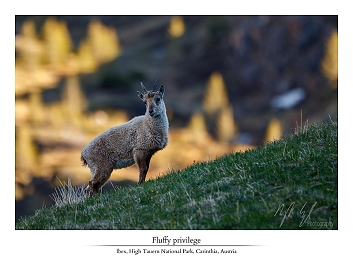
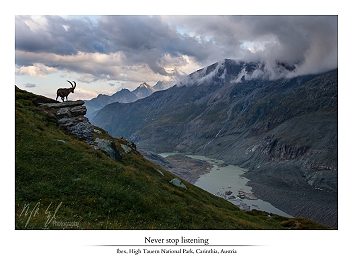
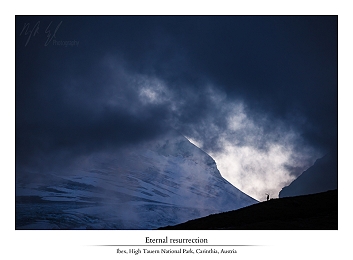
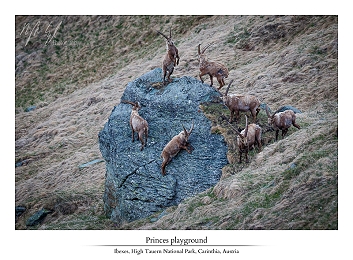

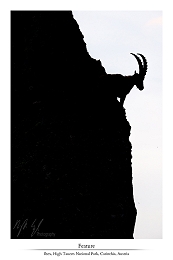
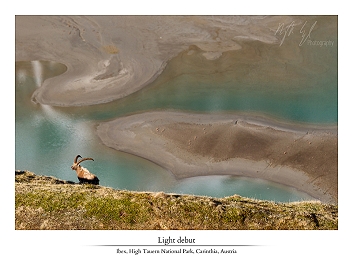
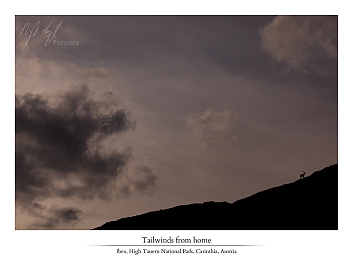
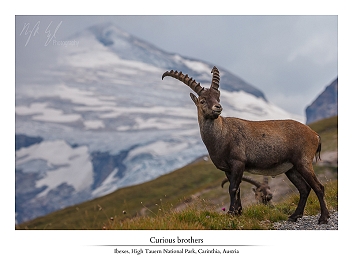
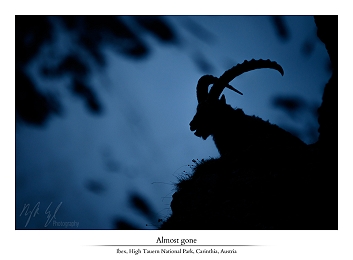
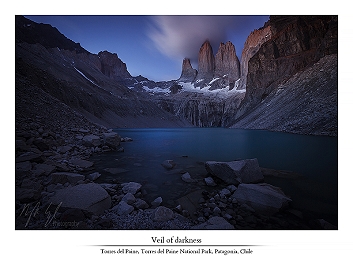
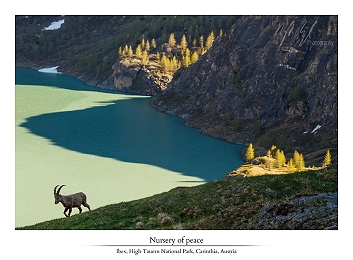
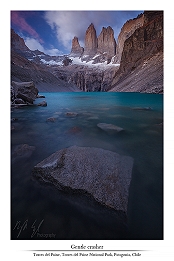
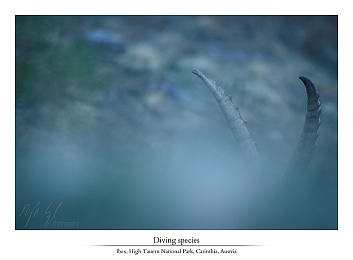
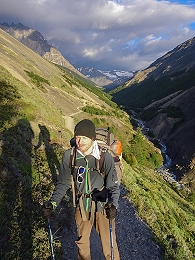
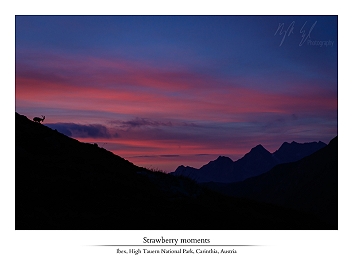
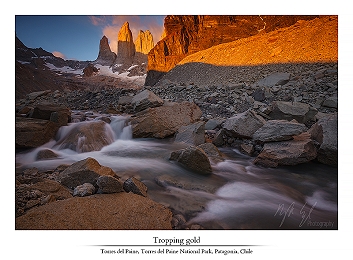
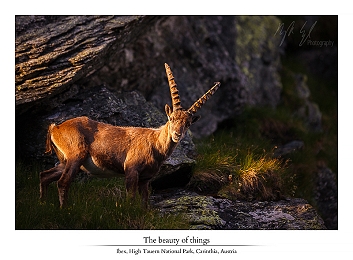
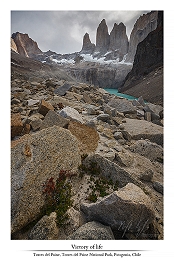
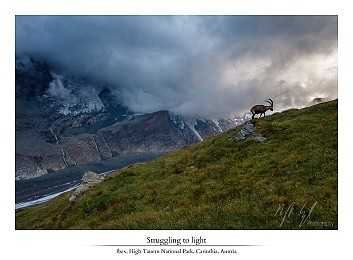
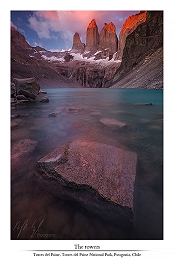

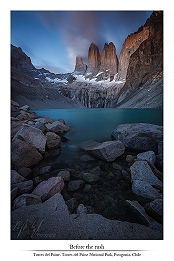
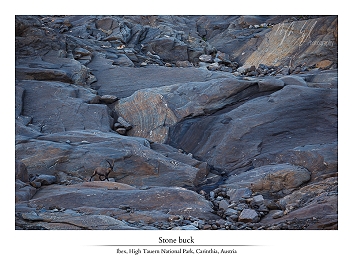
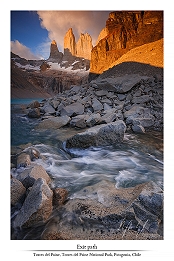
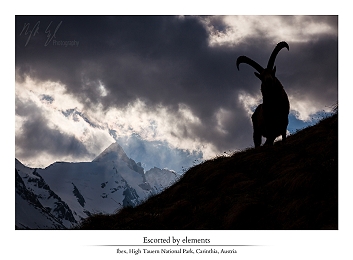
RK on